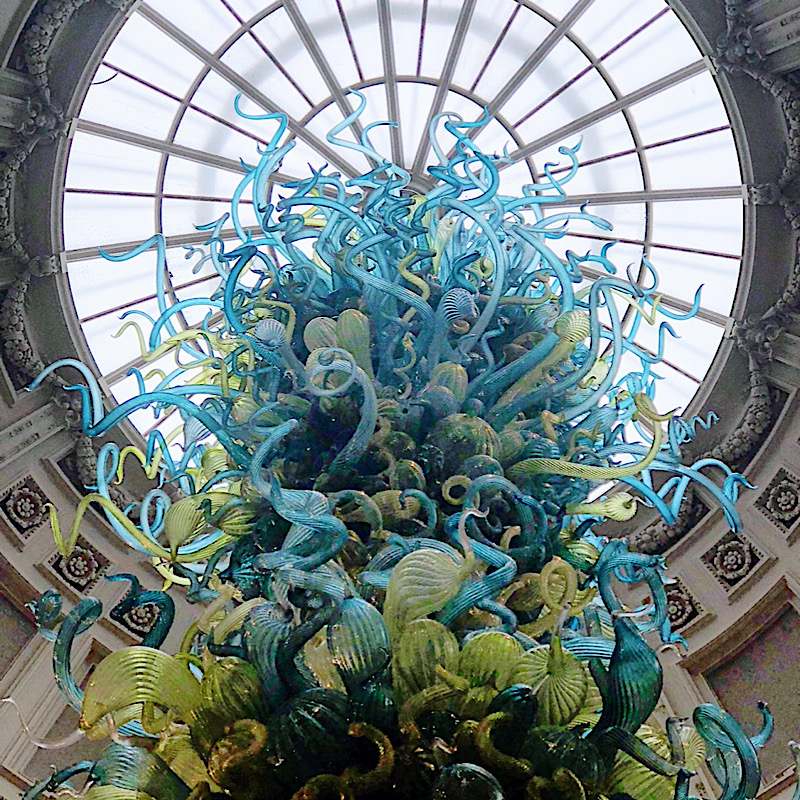Picking my favourite museum on International Museum Day when there are so many wonderful museums around the world is very hard.
Whilst I relish visiting so many of London’s museums and galleries, it will always be the Victoria and Albert Museum, aka the V&A that truly holds my heart.
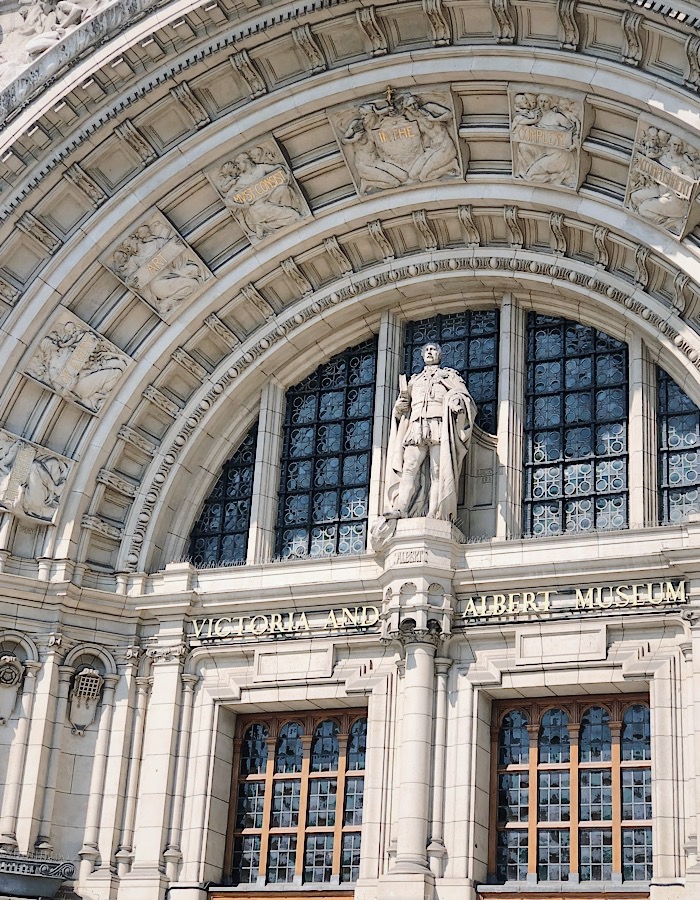
Recently I was asked to contribute to an article by The Curious Pixie on my favourite London museum. It made me think that there is so much more to tell you about this treasure trove.
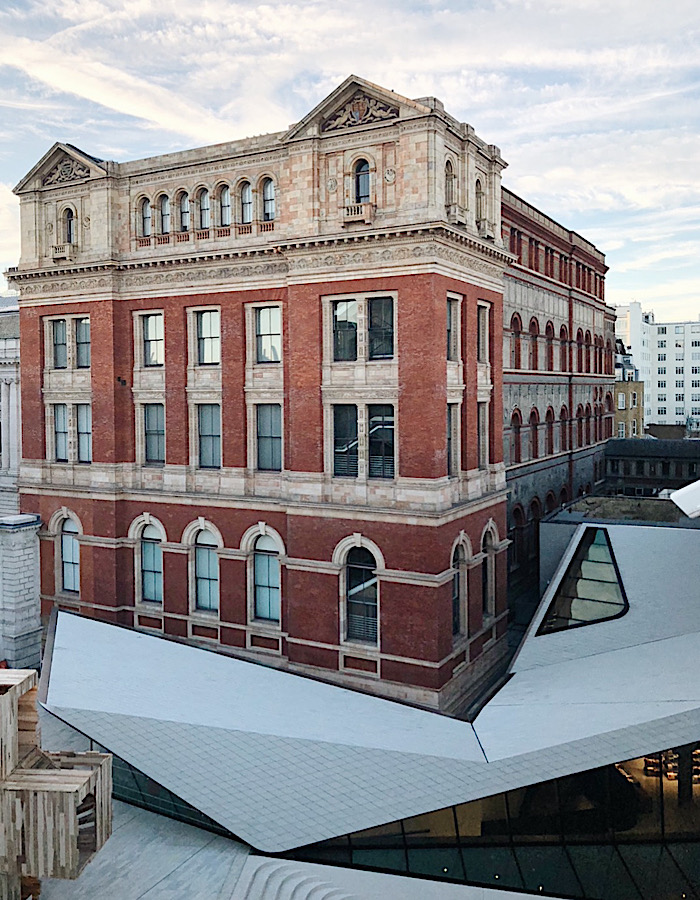
Having volunteered at the V&A since 2013, I wanted to share a bit of its magic. Even more so now that the museum is shut and you can’t see it for yourselves.
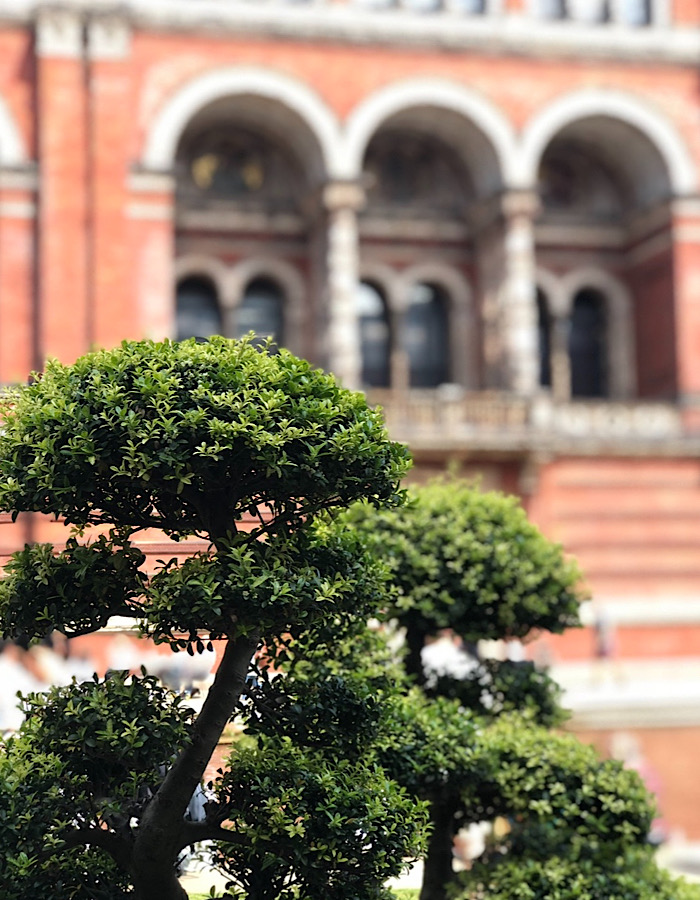
The museum’s collection spans over two thousand years of decorative art, including the history of art and design in virtually every medium and from all corners of the world.
A little Victoria & Albert history
The V&A was established in 1857 after the enormous success of the The Great Exhibition in 1856. The profits from the Exhibition were used to establish the Museum of Manufacturers, as it was originally known.
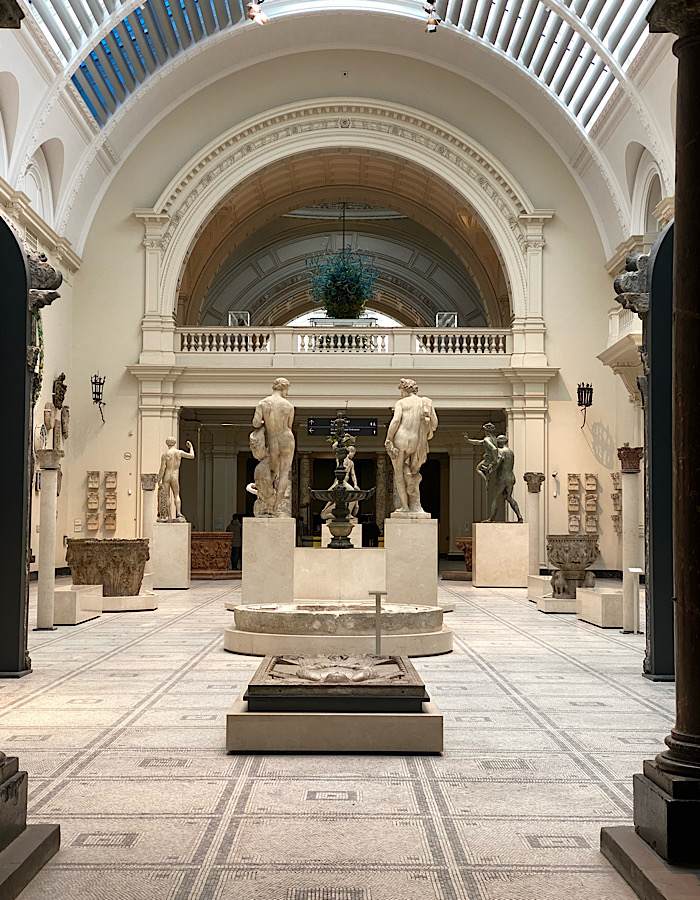
In 1857 it was moved to its present site in South Kensington and renamed the South Kensington Museum. Generous funding and a less competitive art market meant the museum was able to make many valuable and important acquisitions.
In 1899 Queen Victoria laid the foundation stone for a new building and the museum was renamed the Victoria and Albert Museum.
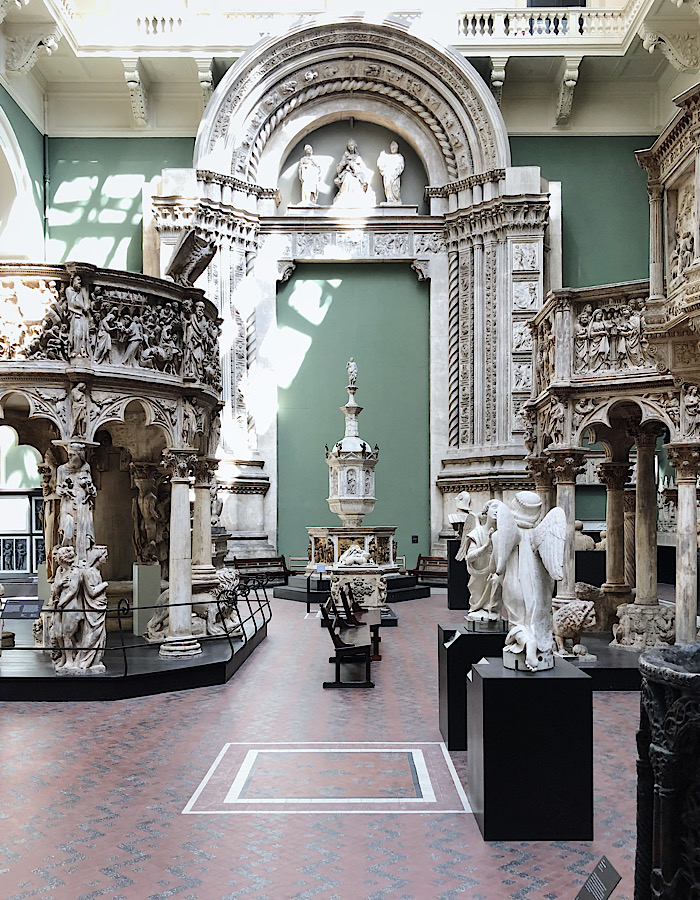
7 facts you need to know about the V&A
- Queen Victoria really wanted to call the V&A the “Albert Museum”. She wanted Albert recognised for the support he had given the foundation but she was overruled.
- Part of the V&A was built for the National Gallery which had run out of space in Trafalgar Square and insisted on having a separate entrance for its visitors.
- The V&A was the first museum in the world to provide a public restaurant.
- The V&A was the first museum in the world to use gas lighting in the galleries which enabled it to open in the evening – an antidote to the gin palace!
- Visitors were given free admission on 3 days a week. They were charged 6d for entry on the other 3 days. The purpose of charging days was to keep the museum quiet for students.
- In 1873 the Chancellor of the Exchequer, Robert Lowe, plotted unsuccessfully to have the South Kensington Museum taken over by the British Museum.
- Some of the mosaic floors in the museum were made by the ‘lady convicts’ of Woking Prison.
What next…
It is no wonder that in 2020 the Victoria and Albert Museum stands as one of the finest Victorian buildings in Britain. Housing unrivalled collections and home to International exhibitions that have subsequently travelled the world it is the beating heart of Albertropolis in South Kensington.
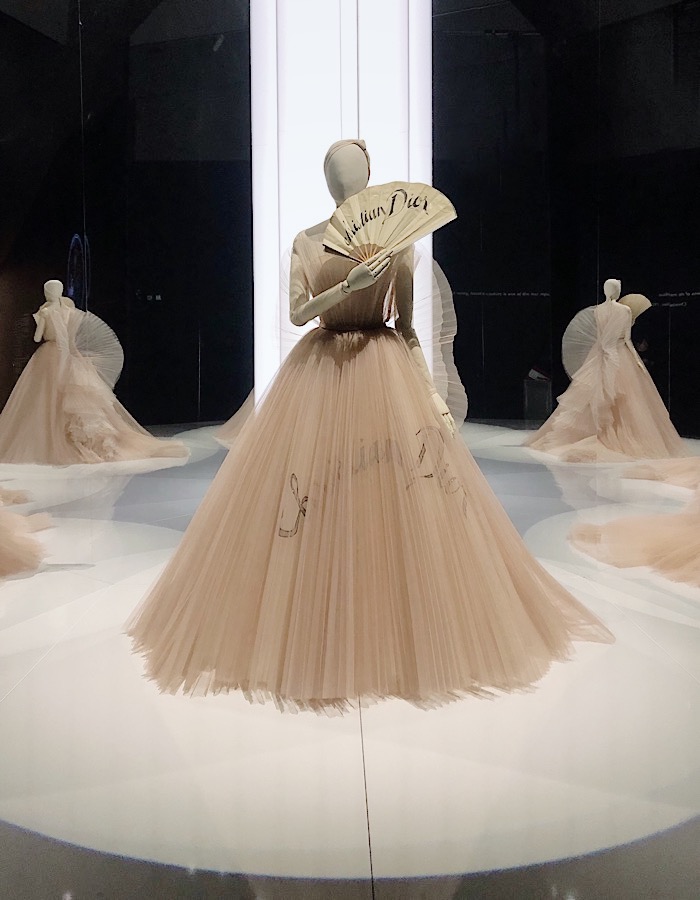
The excellence of every art must consist in the complete accomplishment of its purpose
Sir Joshua Reynolds, Inscribed over the main entrance to the V&A
If every visitor donated £2 each time they visited the museum it would be very rich but instead they rely on donors, donations and exhibitions. Covid-19 may have changed that when the museum re-opens.
We have been exceptionally lucky that our museums are free and it would be nice if it remains that way. That will depend on a little more generosity from ourselves by way of donations each time we visit.
Victoria & Albert Museum
South Kensington, SW7

